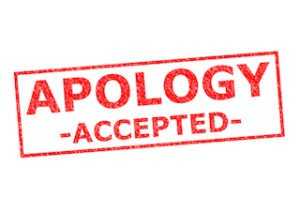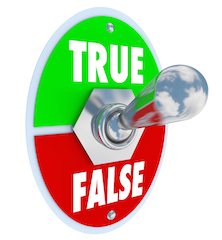Full documentation of your insurance or financial services cases is your best E&O prevention strategy. But like getting quarterly dental cleanings or an oil change every 3,000 miles, it’s easy to get lax about this crucial business task. This EOforLess checklist will remind you of the documentation basics that may keep you out of court.
Goal of documentation: recreate the transaction timeline, including all key requests, responses, decisions, actions, and involved parties.Here’s what to do:
• Capture the “Who”: customer name and title; personnel tasked with action.
• Capture the “What”: the specific prospect/client inquiry/decision that prompted the action, including accountabilities.
• Capture the “Why”: what drove the prospect/client to initiate a request.
• Capture the “When”: when request was made and when it was completed.
• Capture the Need: what specific issues did your fact-finding meeting uncover; what needs did the client specifically express.
• Capture the Recommendation: what recommendations did your research and analysis suggest?
• Capture the Decisions: what did the client decide to buy and what did he/she refuse to buy?
• Capture the Questions: whenever a client emails or calls, document his or her questions/concerns and the outcomes of each interaction.
• Leverage Technology: use your agency management system to document all of the above information. Make full use of its customer relationship management (CRM) capabilities, including phone log.
• Capture e-mail/fax communications: again, use technology to attach these interactions to the client file.
• Focus on “moments of truth” in client relationship: buying decisions; differences of opinion between advisor and client or between client and family members; new issues arising during annual update meetings; coverage change requests; carrier underwriting decisions, especially if negative.
• Integrate policy illustrations used in sales process, including client signature.
• Document referrals to other providers, including due diligence conducted and verification of provider’s E&O coverage.
• Document the unusual: make note of atypical client situations or requests, including anything that seems weird or that suggests potential future problems.
• Document arguments or complaints: record all negative interactions with a prospect or client, especially those relating to a breached duty (perceived or real).
• Ramp up documentation: when holding yourself out as a fiduciary or expert.
• Document every time: do all of the above for every client, for the duration of the relationship, forever!
For more information on ethical sales practices, please visit the National Ethics Association’sEthics Center. For more information on affordable errors and omissions insurance for low-risk financial advisors, visit E&OforLess.com.













